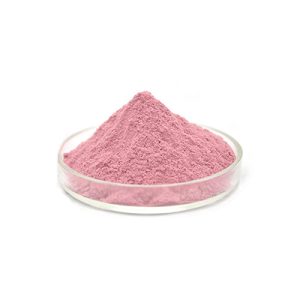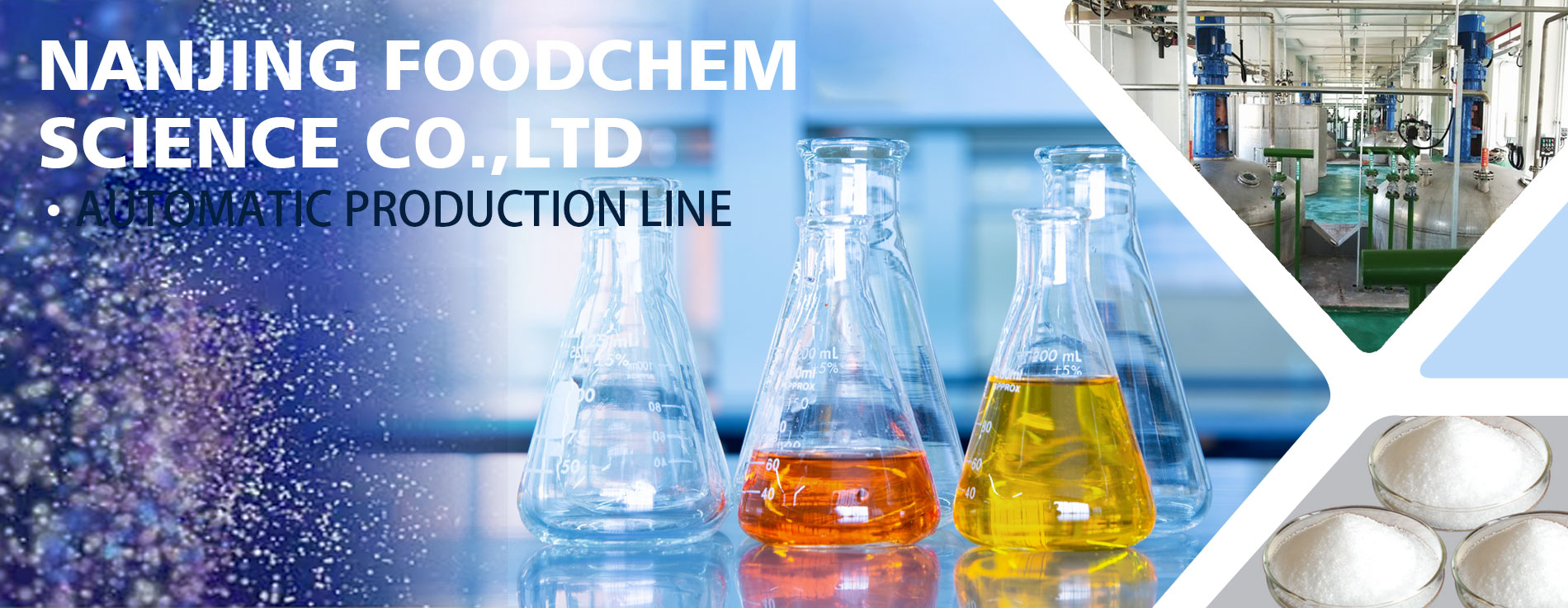
Manganese Gluconate

Specifications
| Item | Index | |
| USP | FCC | |
| Assay | 98.0-102.0% | 98% max |
| Identification | AB(+) | AB |
| Water | 6-9% | |
| Chloride | 0.05% max | |
| Sulfate | 0.2% max | |
| Arsenic | 3ppm max | 3ppm max |
| Lead | 10ppm max | 10ppm max |
| Heavy Metals | 40ppm max | 40ppm max |
| Reducing Substances | 1.0% max | 0.5% max |
| Organic Volatile Impurities | Meet the requirements | |
Packing & Storage
| Packing | in 25kg bag |
| Storage | 20℃, 2 years. |
| Shipping | Room temperature in China; may vary elsewhere |
Free Quote
For samples, pricing, or more information, please call us at 0086-25-52397805 or mail to info@liwei-chem.com or fill out the following form. We will respond to you as soon as possible.
Tel: 0086-25-52397805
E-mail: info@liwei-chem.com
E-mail: sophiahoney247@gmail.com


General Information
| 1.1 Chemical & Physical Properties | |||||||
| Common Names | Manganese Gluconate| Manganese(2+) di(D-gluconate) | ||||||
| Structure | |||||||
| CAS No. | 6485-39-8 | Boiling Point (℃) | 673.6ºC | ||||
| Molecular Weight | 445.233 | Melting Point (℃) | 131ºC | ||||
| Appearance | slightly pink powder | Vapor Specific Gravity | N/A | ||||
| HS Code | 2918160000 | Flash Point (℃) | 375.2ºC | ||||
| Solubility | soluble in hot water and is very slightly soluble in alcohol | Autoignition Temperature (℃) | |||||
| SYMPTOMS | PREVENTION | FIRST AID | |
| Inhalation | Cough. Sore throat. | Use local exhaust or breathing protection. | Fresh air, rest. |
| Skin | Redness. Burning sensation. Itching. | Protective gloves. | Remove contaminated clothes. Rinse and then wash skin with water and soap. |
| Eyes | Redness. Pain. | Wear safety goggles. | First rinse with plenty of water for several minutes (remove contact lenses if easily possible), then refer for medical attention. |
| Ingestion | Abdominal pain. Nausea. Vomiting. | Do not eat, drink, or smoke during work. Wash hands before eating. | Rinse mouth. Induce vomiting (ONLY IN CONSCIOUS PERSONS!). Refer for medical attention . |
One is made of glucose by electrolysis and oxidation of gluconolactone and manganese sulfate reaction. The second is the glucose after fermentation, add calcium carbonate to produce calcium gluconate, add acid to remove calcium to obtain gluconic acid, and then react with manganese sulfate to produce. The third is the application of bioengineering technology (Aspergillus Niger) to convert glucose into glutenolactone, and then with manganese sulfate to prepare.
Frequently Asked Questions
The role of manganese gluconate
Manganese gluconate can activate the body’s enzymes, thereby promoting the body’s metabolism and growth. In addition, it also has a good effect on the development of bones. We know that manganese is an essential trace element for the human body. Manganese deficiency can cause slow body growth and significantly impact reproductive function. In addition, manganese gluconate can also be used as a nutritional supplement, relieve fatigue, help digestion, etc.
